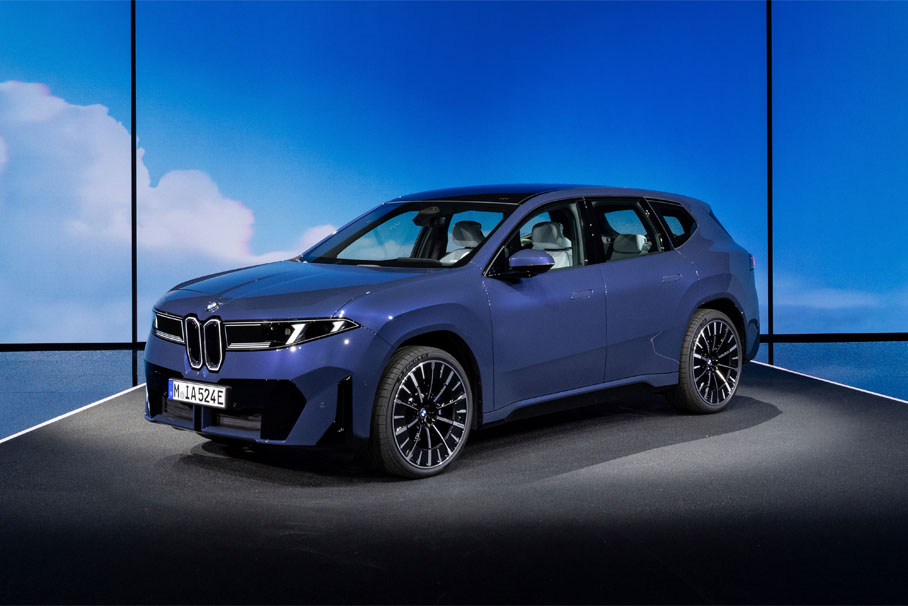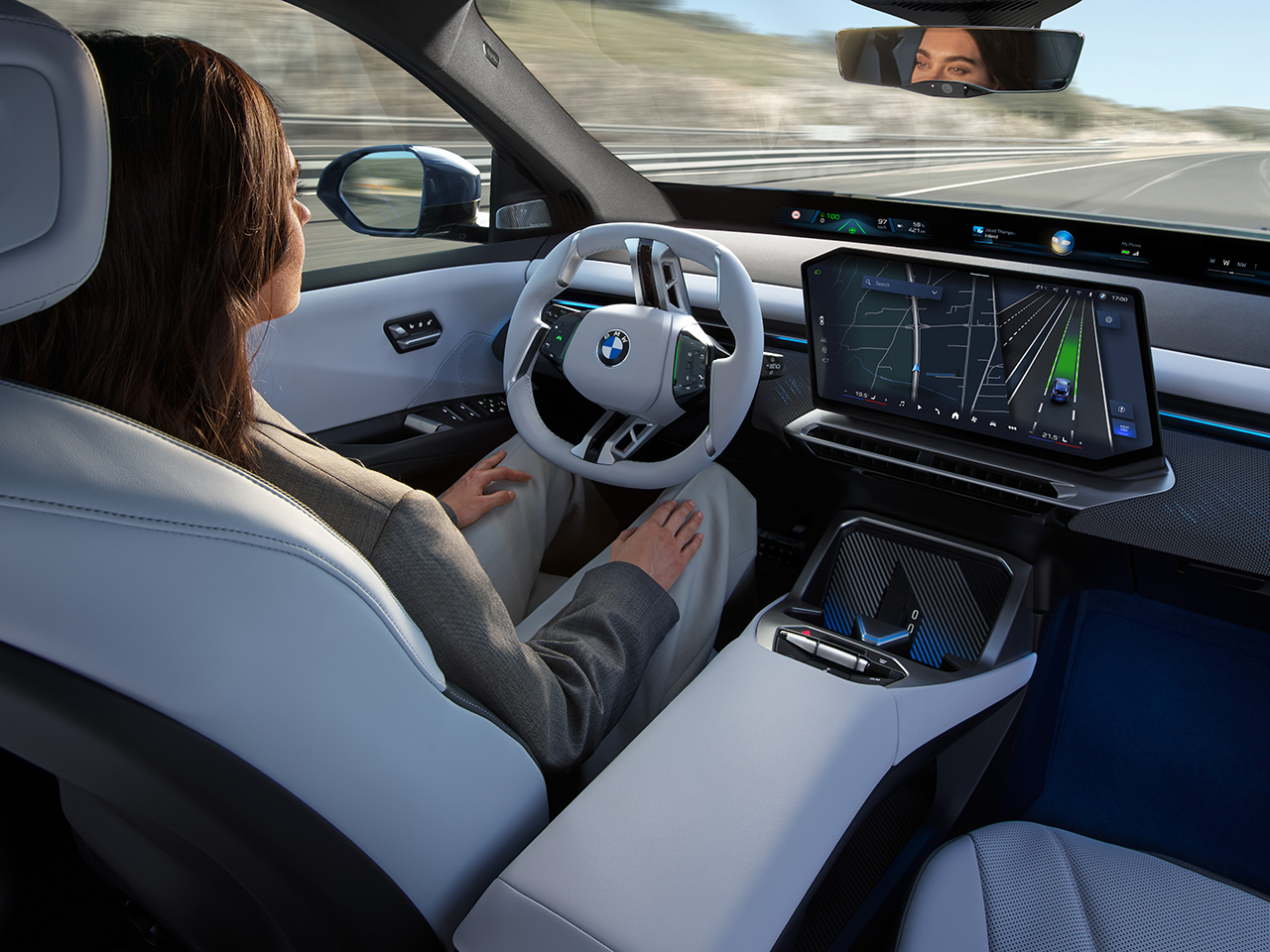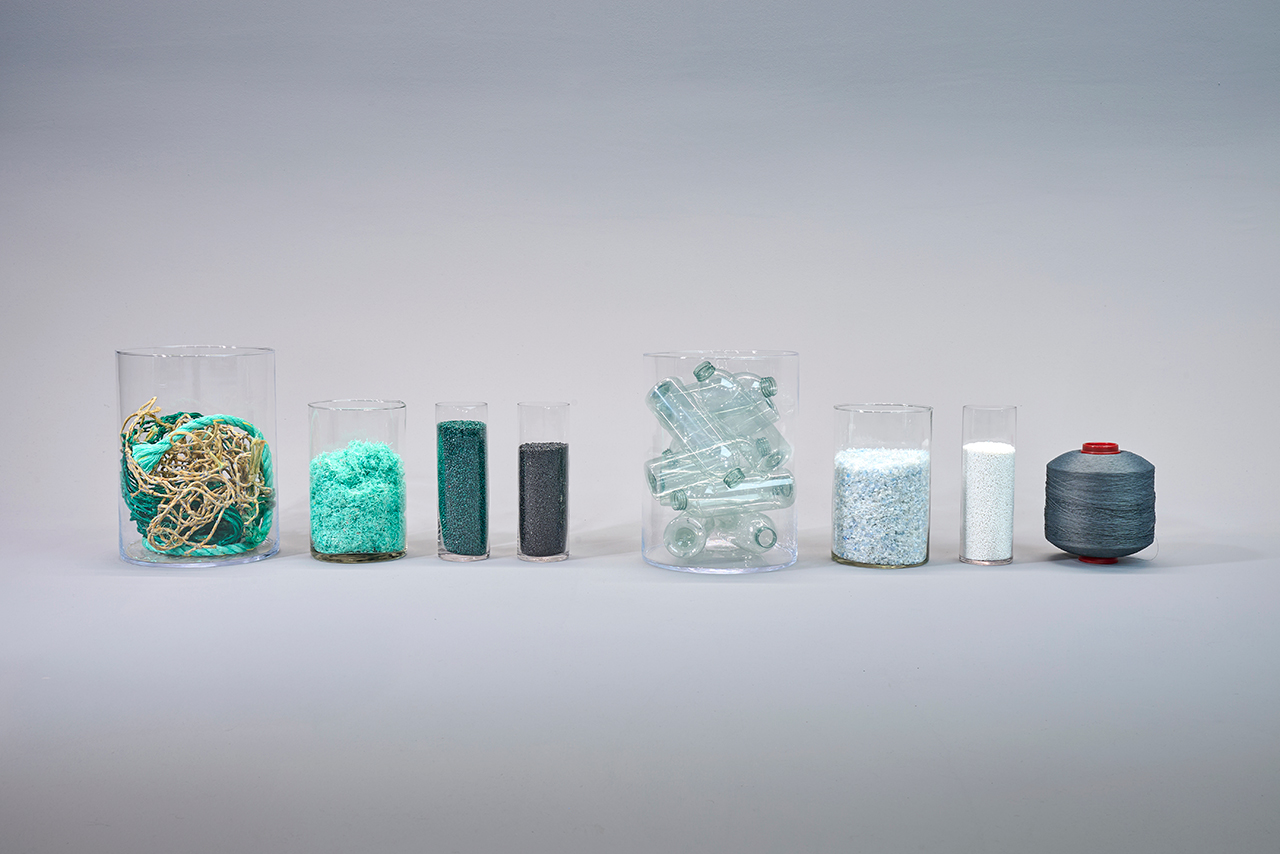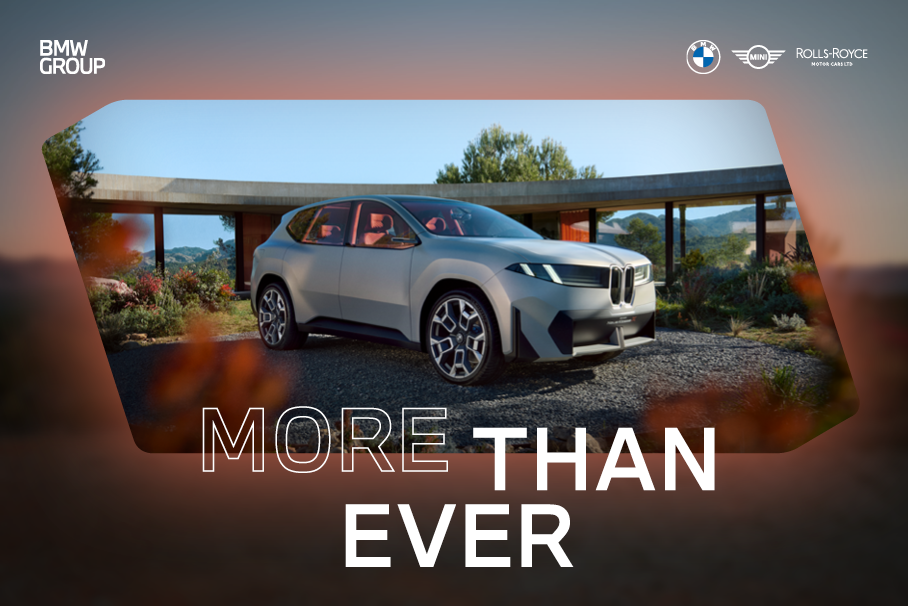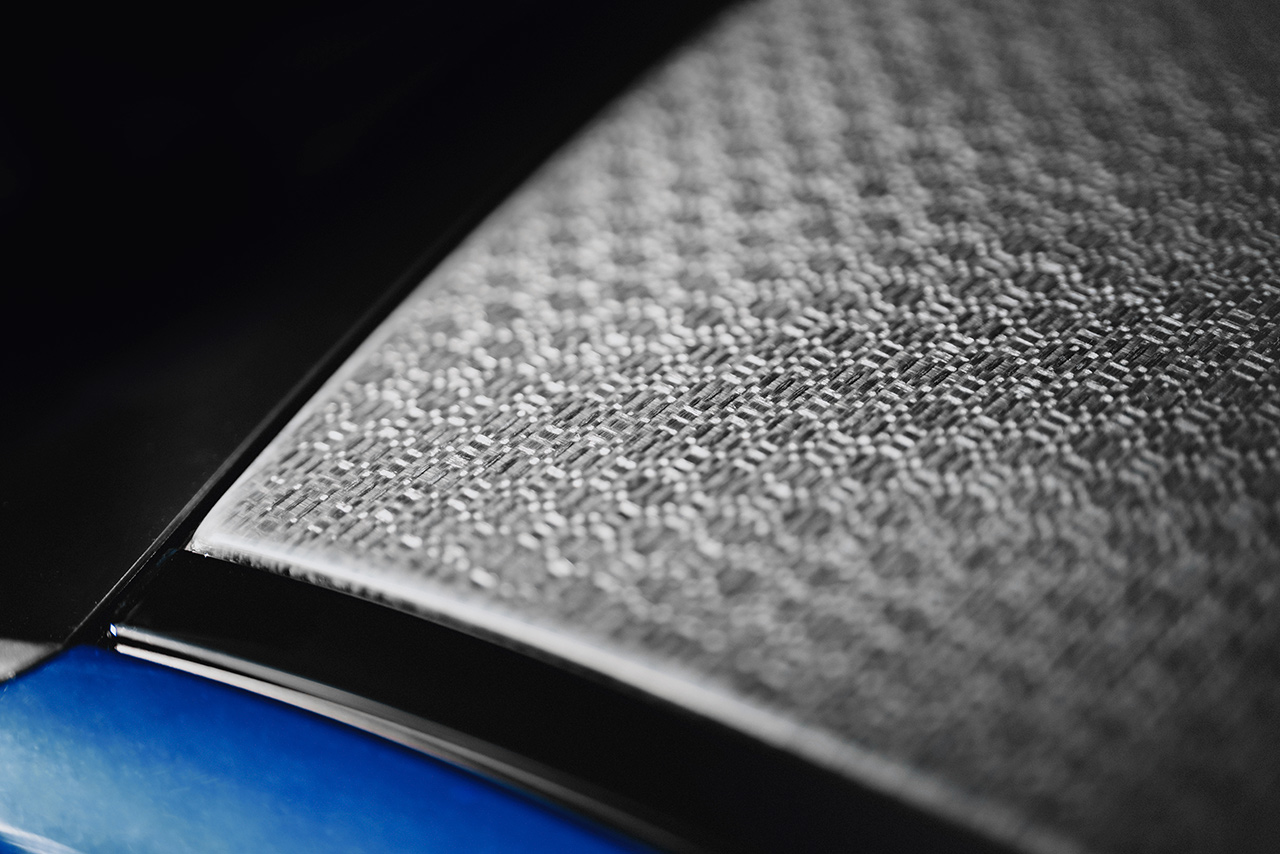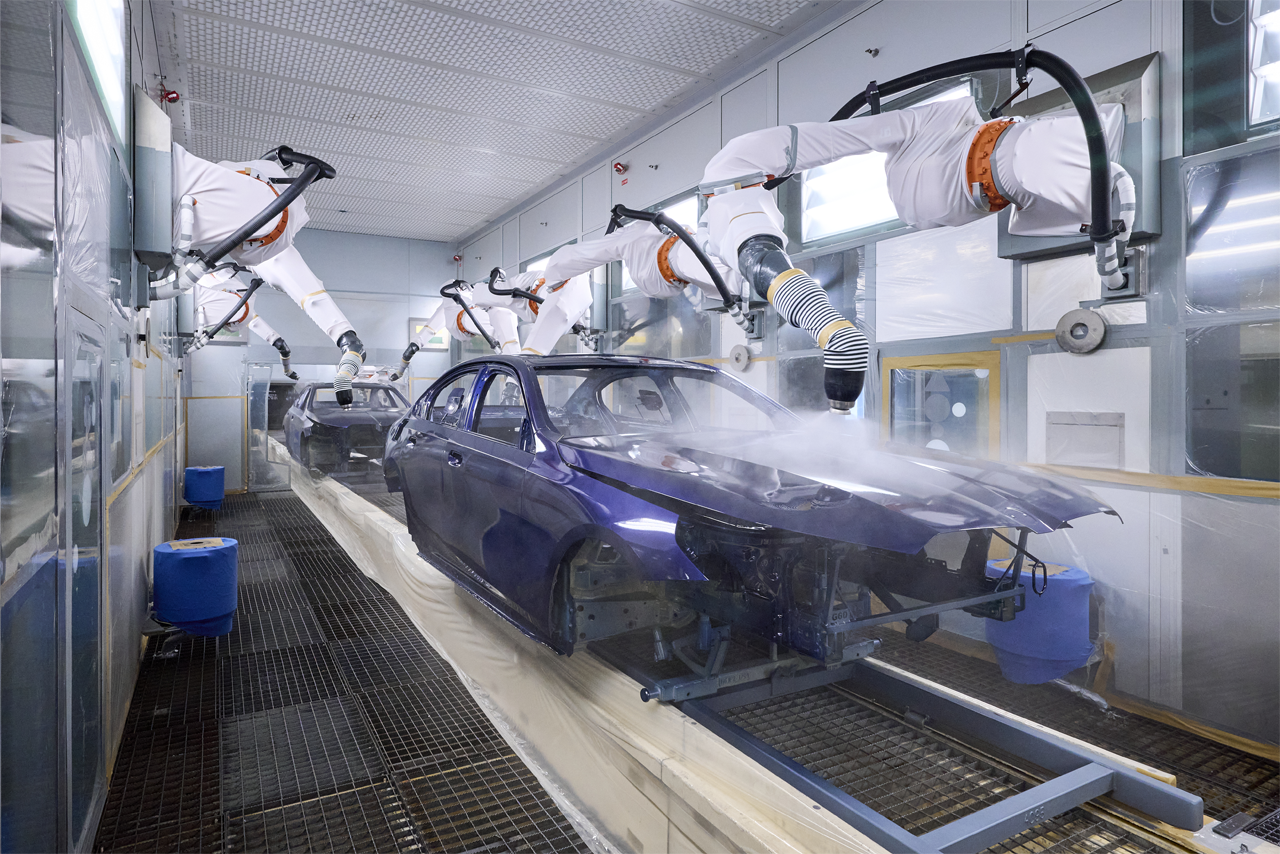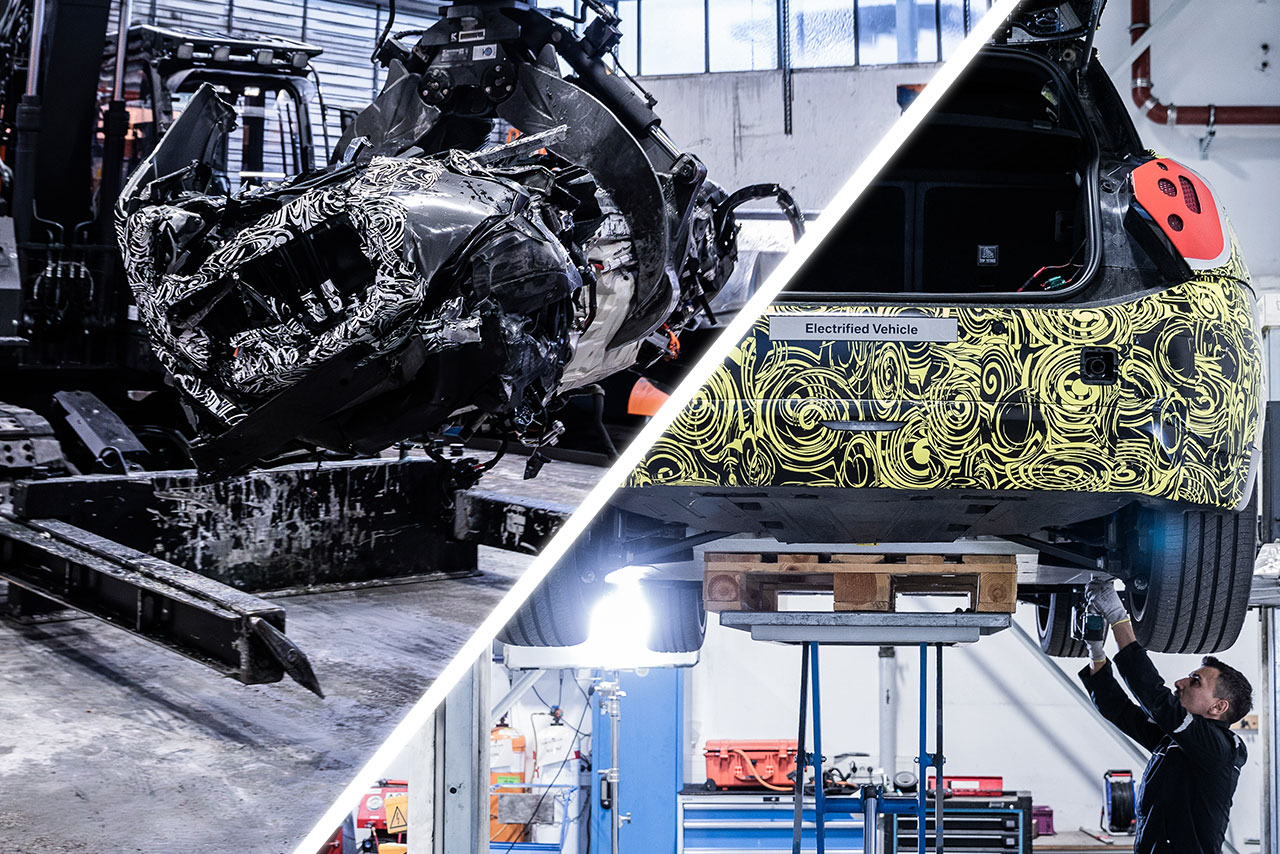BMW Group’s ChargeForward programme combines intelligent charging with anticipatory network management – potentially enabling electric vehicles to drive up to 30 percent more sustainably than today.
Smart people shop when a store is well stocked and fresh supplies are already on the way. That is when many products are cheaper – to allow the retailer to make space for other items. But if this applies to goods, why not energy – another area where it would make sense to put electricity in your “shopping basket” when there happens to be a surplus? In most cases, that’s when it is cheap, and the power grids can absorb new energy. This approach is particularly sustainable in the age of green power, because photovoltaic systems and wind turbines are unable to produce electricity continuously; they can only do so in the right weather conditions. This means there is sometimes a surplus of green energy and sometimes it is in short supply: The first scenario prevents any further green power from being generated, while the second forces electricity suppliers to fall back on other, less sustainable, fuels. It is therefore a good idea to align electric vehicles’ charging patterns to supply and demand for green power.
But how are drivers supposed to know when and where more or less renewable energy is being produced at any given time? That’s the only way they can time when to “refuel” their vehicle and charge it, where possible, when there is a surplus of renewable energy, for instance.
The BMW Group approach would use a full-automated app-controlled service for this in the future. In addition to special research projects, the BMW Group is also testing the ChargeForward programme developed by its engineers in collaboration with Californian utility company Pacific Gas & Electric (PG&E) in the San Francisco Bay Area. It is the largest project of its kind worldwide.
Phase II, which involved important fine-tuning of the offering, has now been successfully completed and a detailed report on the measures and their impact is available. “We have shown that electric vehicles can make an important contribution – not only by storing energy, but also as a flexibility reserve,” underlined Adam Langton, responsible for the project at the BMW Group.
During the test phase, 400 drivers regularly entered when they next intended to drive their BMW i3 or BMW plug-in hybrid in the ChargeForward app. If the power grid experienced high capacity utilisation while the electric vehicle was plugged in to the charging station – because too many consumers required large quantities of energy at the same time – the network operator sent a signal to the vehicle’s innovative “BMW i ChargeForward charging control”. In response, a software solution operated by the BMW Group would pause the charging process. This was then automatically resumed once the threat of overload had passed and, ideally, the sun was shining, to ensure as much renewable energy was available as possible. Consequently, vehicles can use more solar electricity for driving and power consumption is intelligently distributed – stabilising the grid and making “room” for green power on sunny days. Of course, ChargeForward users can also interrupt the intelligent, potentially delayed, charging process at any time, simply by tapping a button in the app. The vehicle will then be charged right away as quickly as possible.
“ChargeForward combines two key technologies in the fight against climate change: the use of electric vehicles and the supply of renewable energies,” explains Langton. This is important because vehicle battery capacity will continue to expand in the future, offering even greater charging flexibility. But the success of the ChargeForward trial is already attracting a lot of attention today: The new service, with its intelligent adjustment of charging times, could allow electric vehicles to reduce greenhouse gas emissions by a further 32 percent. The main reason for this is that they can absorb an additional 1,200 kWh of renewable energy per vehicle per year, instead of having to rely on conventionally generated electricity. That is equivalent to driving up to 8,000 additional carbon-neutral kilometres. The benefit for drivers themselves is also impressive: Using grid-stabilising methods to “refuel” their ChargeForward vehicles, they were able to save an average of 325 US dollars in electricity costs per year.








